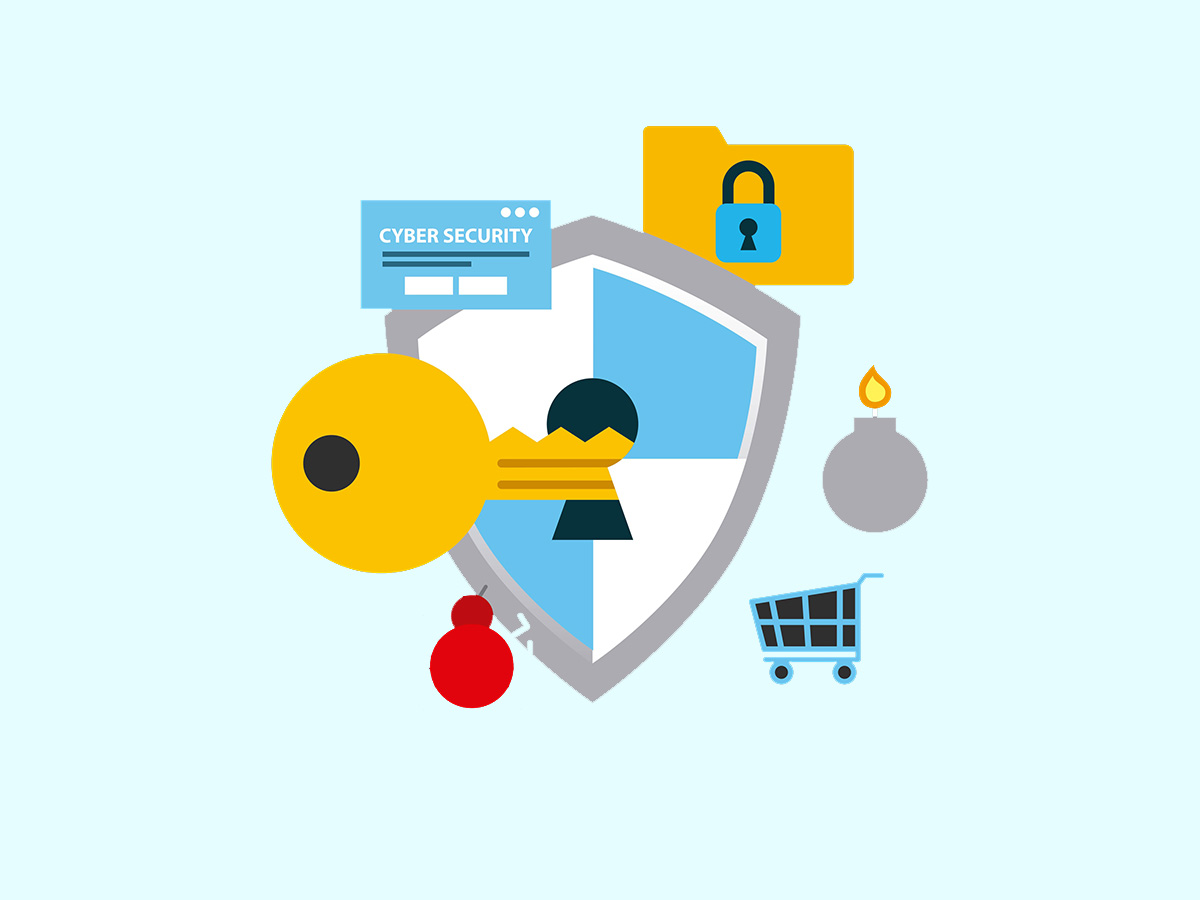Decrypt is the process of converting encoded or encrypted data back into its original format that is readable and understandable by humans. It uses a secret key or password to reveal the true meaning of the scrambled data.
Decrypt Examples
1. Receiving an Encrypted Email
One commonplace example of decryption happens when you receive an encrypted email. Encrypted emails provide an extra layer of security, ensuring that the information contained can only be accessed by the intended receiver. In practice, the content of such an email looks like gibberish or a random series of characters. That’s because the message is encrypted, hiding the real information within.

Stay One Step Ahead of Cyber Threats
To read the email, you must decrypt it. Usually, the sender shares a secret key or password for this purpose. When you apply this key, the scrambled, unreadable content is translated back into its original form – regular text that is easy to understand. Using encryption and decryption for emails, especially those containing sensitive information, is a practical step towards safeguarding private data in a world where cyber threats are increasingly common.
2. Downloading a Secure Digital File
Imagine you’ve downloaded a file, but instead of seeing the usual content, you see a string of random characters. This happens when the file has been encrypted. Encryption is a common way of securing digital files to ensure that only authorized individuals can access the content.
Decryption comes into play when you, as an authorized user, need to access this file. Using a specific password or unique decryption key that’s been provided, you can convert the file back into its original format. This process of decryption turns the scrambled, hard-to-understand characters back into readable content, whether that’s a document, a spreadsheet, or an image. This is how decryption serves as an essential part of file security, keeping sensitive files secure while still accessible to those with the right key.
3. Online Banking
Every time you access your bank account online, a process of decryption is involved. The data you enter into the login form, like your username or password, is often encrypted. In simpler terms, in the event of an unwanted interception, it appears as a jumble of characters, which makes no sense to anyone trying to misuse the data.
Once your data reaches your bank’s server, they decrypt it. Essentially, using a secret key, your password is transformed from an unintelligible set of characters back to the original format. If it matches with the one on record, you are granted access to your account. Thus, the decryption process here acts as a gatekeeper, verifying your login credentials and keeping your sensitive data secure against cyber threats.
Conclusion
Decryption plays a vital role in our digital life, enabling us to navigate safely and access information securely. Whether it’s reading an encrypted email, accessing secure files, or logging into our online bank accounts, we rely on this essential process for data privacy and protection.
Key Takeaways
- Decryption transforms encrypted data back into its original, understandable format.
- A secret key or password is typically used in the decryption process.
- Common examples of decryption include reading encrypted emails, accessing encrypted files, and logging into secure online platforms.
- Through decryption, sensitive data can remain secure yet accessible to authorized individuals.
- The process of decryption is essential for maintaining data privacy and protection in the digital world.
Related Questions
1. What is the difference between encryption and decryption?
Encryption is the process of converting understandable data into a coded form to prevent unauthorized access. Decryption is the opposite process, converting the coded data back into its original, understandable format.
2. Is decryption always secure?
Decryption itself is secure as long as the decryption key or password remains confidential. The risk lies in unauthorized individuals gaining access to these decryption tools, thus potentially revealing the encrypted data.
3. Can I decrypt data without a key?
Normally, no. The key is what enables the return of encrypted data to its original form. Without it, decryption can be nearly impossible or may require advanced computational techniques.
4. Why is decryption necessary in online banking?
In online banking, decryption is used primarily to verify user credentials. Your password is encrypted when it’s sent over the internet, then decrypted by your bank to check its validity, enhancing security.
5. What can happen if decryption fails?
If decryption fails, the data remains in its encrypted, unreadable format. This usually means you won’t be able to access the encrypted information correctly, whether it’s an email message, a secure file, or a login credential.
"Amateurs hack systems, professionals hack people."
-- Bruce Schneier, a renown computer security professional






